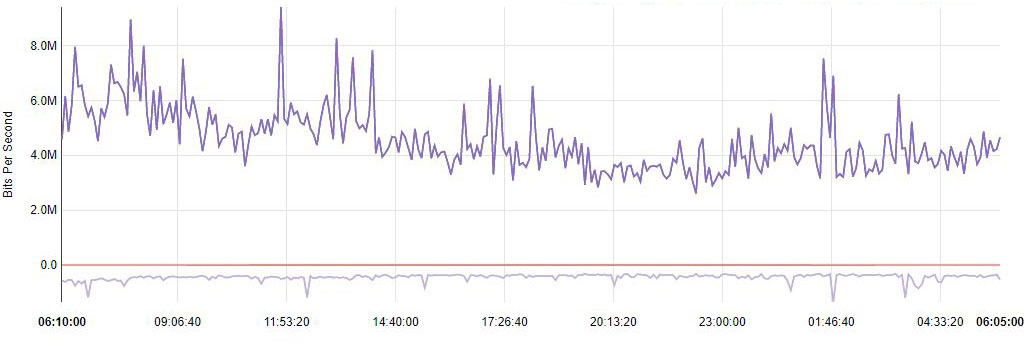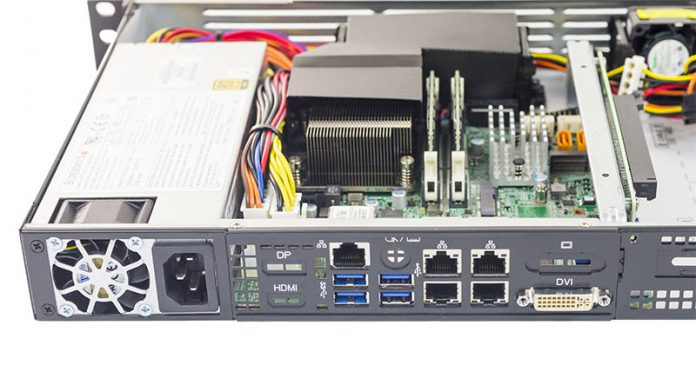It is no secret that crypto mining operations are gobbling up data center space. At STH, we expect more power to come online for crypto mining data centers than for “enterprise” data centers in North America this year. We also expect that the margin is not close, more like we have heard estimates of 250-300MW of traditional data center space being a target for North America this year and we have heard of single deals in the 100-500MW or more range for crypto mining operations. As STH readers look to spec mining data centers, we wanted to address a question we are getting more often these days: how much bandwidth does crypto mining use? Further, we are getting questions from users in home labs whether adding a few crypto mining rigs will mean that they will hit 1TB or other data caps levied by service providers. We are going to answer that question today.
Crypto Mining Bandwidth
Crypto mining bandwidth, as one may expect, depends on a few factors. The coin you are mining, the speed at which you are mining at, and the type of pool connection you have. We pulled figures from a heterogeneous mining operation to gauge how much networking stress crypto mining levies.
We have heard reports of using about 0.3-2TB/mo per miner but we wanted to validate that assumption. We took a sample of around 1000 miners (+/- 7% on a daily basis) to see how much bandwidth they were using. These systems run from small 8 core Atom CPUs at the low end to 10x NVIDIA GTX 1080 Ti or 16x NVIDIA P106-100 systems at the higher-end. This sample is mining Ethereum, Zcash, Zclassic, Bitcoin-Gold, Monero, Aeon, Digibyte and a number of other coins. Here is what the bandwidth chart looks like at a 5-minute interval:

Each algorithm is a bit different in how much bandwidth they use. On the other hand, we feel fairly confident that a recommendation of needing 1mpbs per crypto miner is too high by a few orders of magnitude. We are seeing that a 10mbps connection can handle 1000 miners without issue.
While bandwidth is not a major issue, we glanced at the packets per second figures. The same set is passing under 5,000pps through the firewall which means legitimate mining pps is not a concern.
Final Words
Whereas power is a major concern in the crypto mining community, bandwidth rarely is. As we found, the amount of traffic generated by miners is essentially negligible for modern infrastructure. If you have a $1 million per year run rate crypto-mining operation and are spending $2 per month in data center bandwidth or $40 in a consumer service, bandwidth costs are essentially nothing in mining. This also makes it possible to use cellular connectivity to locate crypto mining applications near renewable power sources.





Sounds about right on our 2k Monero nodes
Have you tried using a distributed mining pool and hosting a pool-node in the datacenter to act as proxy, or are all workers directly connected to remote mining pool servers?
In this configuration, they are all running to a pool through that port.
You didn’t answer the question. How much does crypto mining affect Internet traffic in general. There are probably at least 1 billion more miners than the 1,000 number you used. You need to scale up your experiment and use real-world numbers instead of those concocted from fantasy.